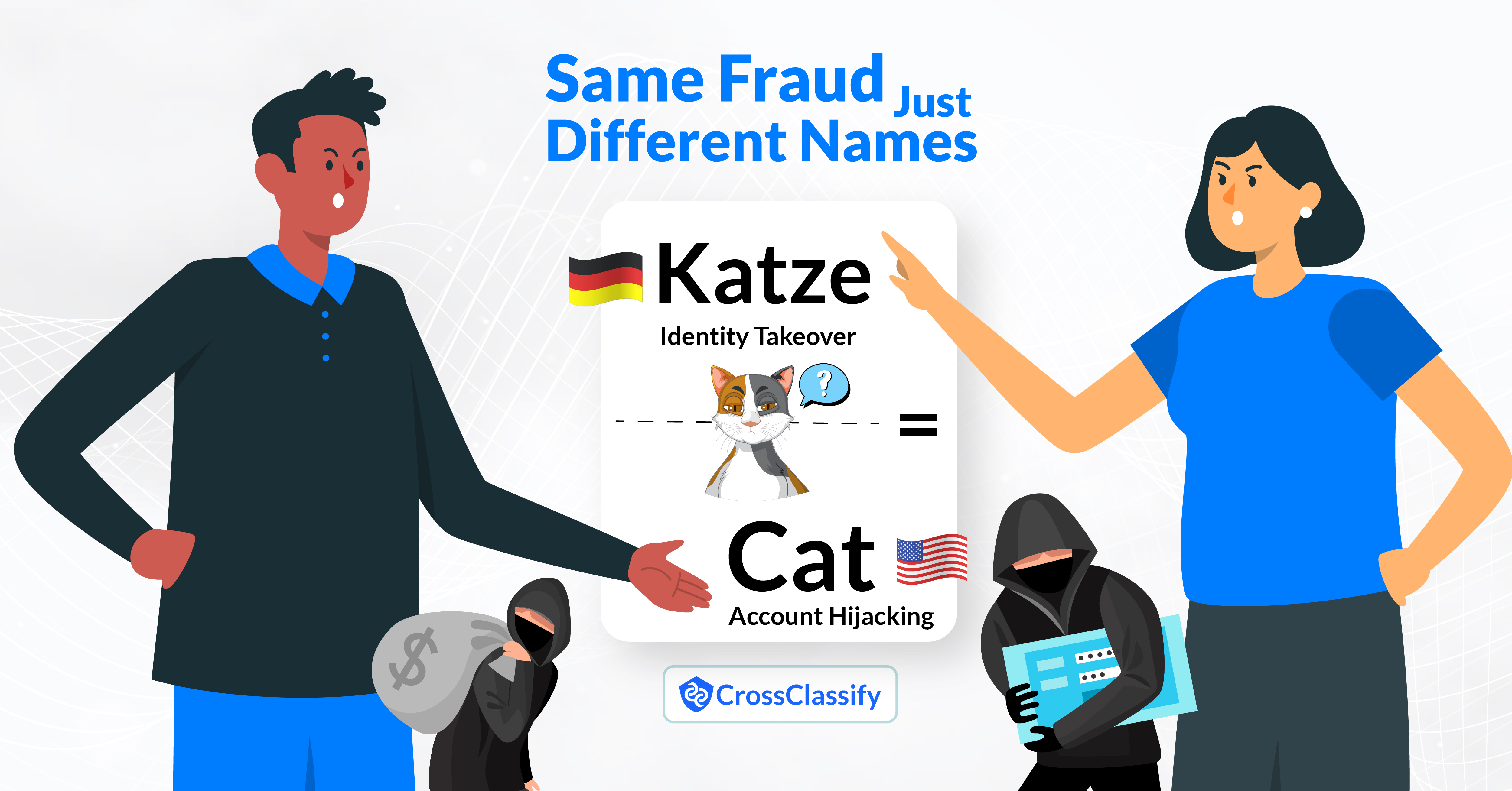
24 Dec 2024
Are We Still Talking About the Same Type of Fraud?
In cybersecurity, consistent terminology is essential for tackling threats like account takeover (ATO) fraud. Imagine a team investigating a breach: one member calls it "credential stuffing," another says "identity theft," while someone else refers to "session hijacking".
Though they're addressing the same issue, the varied terminology can cause confusion and delay. The Difficulty with Divergent Terminology, different names for the same fraud disrupt coherence, delay responses, and create challenges in aligning strategies. Why Consistent Terminology Matters:
Clarity: Ensures all stakeholders are on the same page. Efficiency: Speeds up communication and decision-making. Effectiveness: Strengthens collaborative defenses.
Key Synonyms Explained:
Account Takeover (ATO): Unauthorized access to a user’s account to steal information or commit fraud.
Credential Stuffing: Using stolen login credentials from one breach to access accounts on other platforms.
Identity Theft: Stealing personal information to impersonate someone for fraudulent purposes.
Session Hijacking: Exploiting a valid session to gain unauthorized access to data or services.
Unauthorized Access: Illegally entering systems or accounts, often leading to data breaches.
Phishing: Tricking users into sharing sensitive information by posing as a trusted entity.
Brute Force Attack: Guessing passwords systematically to break into accounts.
Man-in-the-Middle Attack: Intercepting communication between parties to access data.
Social Engineering: Manipulating individuals to reveal confidential information.
Malware Injection: Deploying malicious software to compromise account security.
Standardizing how we talk about these threats enhances our ability to combat them effectively. A shared language strengthens our defenses and helps protect what matters most.
